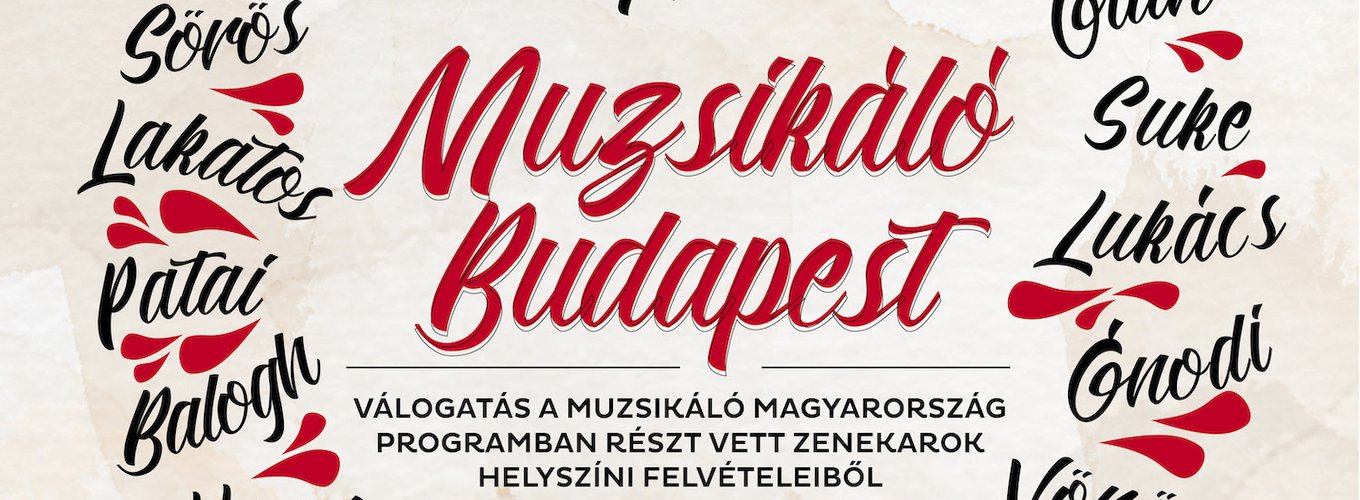
Muzsikáló Budapest
According to an 18th century census, there were 1,700 Gypsy musicians living in Hungary. By the end of the 19th century, this number increased tenfold! Despite dwindling opportunities, in the 1960s folk music researcher Sárosi Bálint still referred to Gypsy musician as a significant occupational group. "According to official statistics there were 9,929 Gypsy musicians in Hungary in 1963, with 393 bands nationwide, 87 of which were in Budapest." By the year 2000 the number of Gypsy musicians employed in the country was still estimated at around 3,000. However, only 75 Gypsy bands nationwide applied to the state supported “Muzsikáló Hungary” program.
The primary purpose of the “Muzsikáló Budapest” recording is none other than to preserve an important tradition. The number of restaurant Gypsy musicians is constantly and radically decreasing. Without state and media support and professional recordings, it is feared that this tradition and art will age out and/or die out from lack of interest. This genre has been a part of Hungarian culture for more than two hundred years.
In 2019, responding to a grant proposal by the Hungarian Heritage House within the framework of the “Muzsikáló Hungary” project, the editor of this recording had the opportunity to go to 19 catering establishments in Budapest to make live recordings of bands playing at these locations. A basic professional expectation required that the playing time of approximately 15 minutes per band should be meaningfully filled. The focus of the collection were the Hungarian csárdás and verbunk music and folk songs and folk music known as ‘Magyar nota’ - when possible avoiding the fashionable hits, film soundtrack music and pop music portion of the repertoire. In light of the above criteria, the musicians were given a free hand as to what kind of composition they would play for the collector.
Some of the recordings reflect the restaurant atmosphere of the locations. Along with the music, sounds of people talking in the background with clinking plates and cutlery can also be heard. The editor of the publication - a musician himself - was personally surprised by the amount of preparation, incredible knowledge and openness of the individual musicians. He discovered frequent overlaps between the repertoire of Hungarian folk music and the restaurant Gypsy music. Because playing this kind of music is not financially rewarding, the older generation of restaurant Gypsy musicians does not consider it necessary to guide their children toward this musical culture. Therefore young talented Gypsy musicians are often sent to study classical music or other genres instead - and this directly reflects the decrease in number of musicians playing this genre of restaurant Gypsy music.
Unfortunately, the natural medium of the genre, i.e. the restaurants themselves, as well as hotels and hotel bars, have for some time not considered it important to employ bands with the traditional instrumental line-up of violin, clarinet, viola, cymbalom and cello or bass. Exceptions are places where tourist traffic alone generates the musicians' salary. The era where Hungarian tourist books mentioned Gypsies playing music in restaurants on every corner has simply ceased to exist. This recording would like to draw attention to the importance of the “Muzsikáló Hungary” program which, if only temporarily, provided support and gave hope to the participants." (Éri Márton)
The recording is available on digital platforms and the Fonó website.



